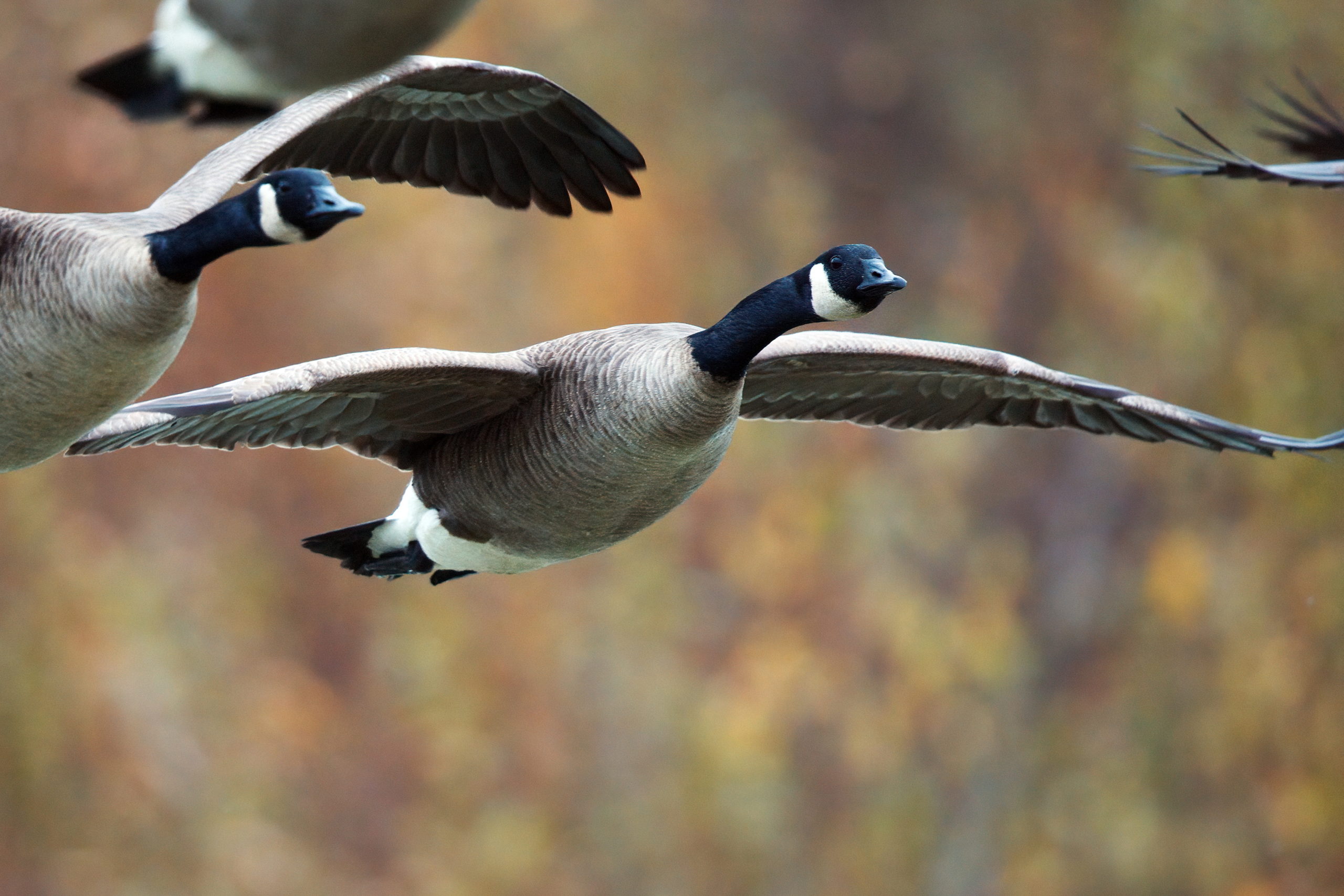Support Us
Since 1979 more than 140,000 animals have been treated by Wildlife Rescue.
Thanks to the support of individuals like you, Wildlife Rescue can provide a lifeline for animals in distress.
 Avian influenza primarily affects domestic poultry and wild birds and is highly contagious amongst birds. Wild species most affected by avian influenza are ducks, geese, raptors and corvids (like crows and ravens). There is currently no treatment for the virus,... Read More
Avian influenza primarily affects domestic poultry and wild birds and is highly contagious amongst birds. Wild species most affected by avian influenza are ducks, geese, raptors and corvids (like crows and ravens). There is currently no treatment for the virus,... Read More
Hummingbirds – a crowd favourite, miniature acrobats that dart and dip, hunting for high-energy foods.
Although these tiny birds weigh less than a loonie (averaging between 3 and 6 grams), hummingbirds need to be almost constantly eating. Hummingbirds flap their wings 50 times or more per second in order to maintain their signature hovering flight. Undoubtedly, this requires an immense amount of energy. In order to fuel their flight, hummingbirds consume half their body weight in pure sugar every day!
Read MoreKnown for their technique of diving for fish feet-first, Ospreys are a majestic sight in the lower mainland where they inhabit lakes, rivers, and ponds. Unfortunately, entanglement is a large problem for these birds. When fishing lines and other materials are not properly disposed of, birds will use them as supplies for their nests – leading to entanglement. When these large birds get trapped in twine, they can no longer hunt fish or provide for their young.
Read MoreFound in freshwater areas such as rivers and streams, Spotted Sandpipers typically nest close to the shore. Unfortunately, this reliance on coastlines has led to many problems for these birds – especially when chemicals are dumped into the water.
The usage of pesticides and other chemicals may seem harmless – but when these substances float downstream, they can create large problems for local wildlife. Chemicals like pesticides can deplete resources, making it harder and harder for wildlife like Spotted Sandpipers to find the food they need. As well, the digestion of pesticides can lead to wildlife having a difficult time reproducing and can even lead to baby birds being born with deficiencies.
Read MoreAfter an extended stay in care, the Common Raven from Haida Gwaii has been successfully released back to nature.
Read MoreDue to their friendly nature, Killdeer are unafraid of inhabiting urban areas – which can lead them to great harm. Sports fields, golf courses, and lawns are open spots that Killdeer love. Unfortunately, these man-made open fields often use pesticides and frequently mow to keep the grass at a satisfactory level, which can harm fledglings a great deal. Pesticides, when ingested, are dangerous – and the loss of insects because of insecticides can lower their chance of survival. When Killdeer lose insects, they lose a vital food source. As well, Killdeer often nest roadside, leaving them vulnerable to vehicle collisions.
Read MoreGlue traps are a pest control measure using glue as the method of trapping. The pest gets caught in the glue and then the trap is thrown away. There are two different types of glue traps; flypaper and glue-tray mouse traps.
While they seem simple, glue traps are one of the most inhumane methods of pest control. The animal, once caught in the trap, usually dies of starvation and dehydration over several days. The traps can also snare other wildlife. Since flypaper traps insects, insect-loving birds can become entangled in the flypaper while attempting to feed.
Read MoreWith the increase in aquatic recreation comes an increase in litter in our lakes, rivers, and streams. Thanks to the coronavirus pandemic, we are also seeing a new type of litter: face masks. According to the Ocean Conservancy, 94% of volunteers reported seeing face masks littering the ground daily in their own communities. Unfortunately, the masks are not only unsightly; they can also pose a huge problem to local wildlife, such as the Great Blue Heron. Long-legged wading birds can get their feet tangled in the loops of the face mask. Leg and foot entanglement can also be fatal to smaller birds that make their habitat in the Burnaby Lake area, such as swallows and chickadees.
Read MoreSpring is one of the busiest times of the year for Wildlife Rescue especially with “Rooftop Rescues”. Last year, the rescue team was managing 10 rescues a day to save fluffy little goslings and bringing them to safety with their families.
While nesting on rooftops seems like a safe place for goslings, it can be very dangerous for young geese. To make sure goslings are not harmed by rooftop nesting, the best thing we can do is prevent it!
Read More